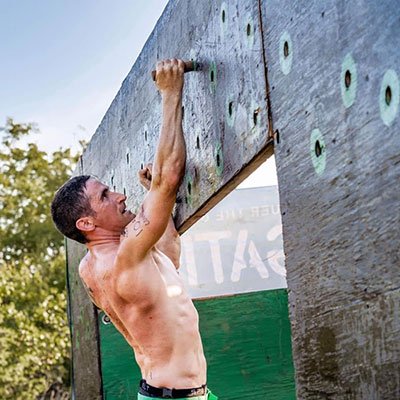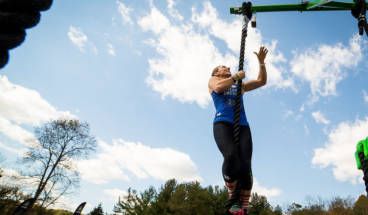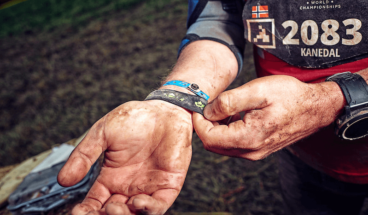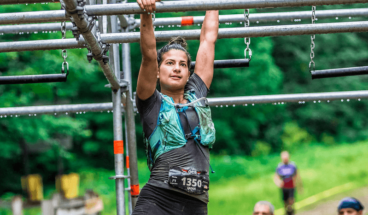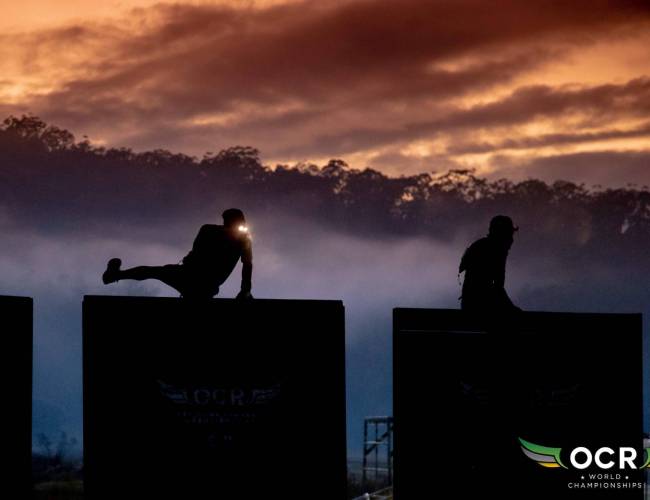
Training for the OCRWC vs Enduro: 5 Big Differences
You may be an experienced Obstacle Course Racing (OCR) athlete, racing all across the globe in all different brands. You’ve earned your trifecta, have a rainbow-colored assortment of headbands and a trophy shelf full of fancy medals.
Well if you are new to the world of Ultra-OCR, you are in for a treat. Enduro, endurance or Ultra-OCR, whatever you want to call it, has a lot of factors that make sport different from its shorter sibling like the 15k and 3k OCR World Championship events.
Here are five big differences you need to be aware of when preparing, training and racing at OCR Enduro Championships this June in Australia:
Fueling is key
You can get away with little, poor or even no mid-race fueling for the 15k OCR World Championships, although I don’t recommend it. However, in a race that’s 24 hours, consistent fueling is vital. Your body will be trying to generate energy along every available pathway. This means you want some easily digestible carbohydrates and fats for a mix of slow/medium/fast burning fuels.
You’ll also want some protein in there to prevent your body for catabolizing muscle for fuel. I recommend Hammer Nutrition’s liquid Perpetuem drink, which has all three. The liquid fuel option requires less work for your body to utilize the calories over consuming lots of solid food.
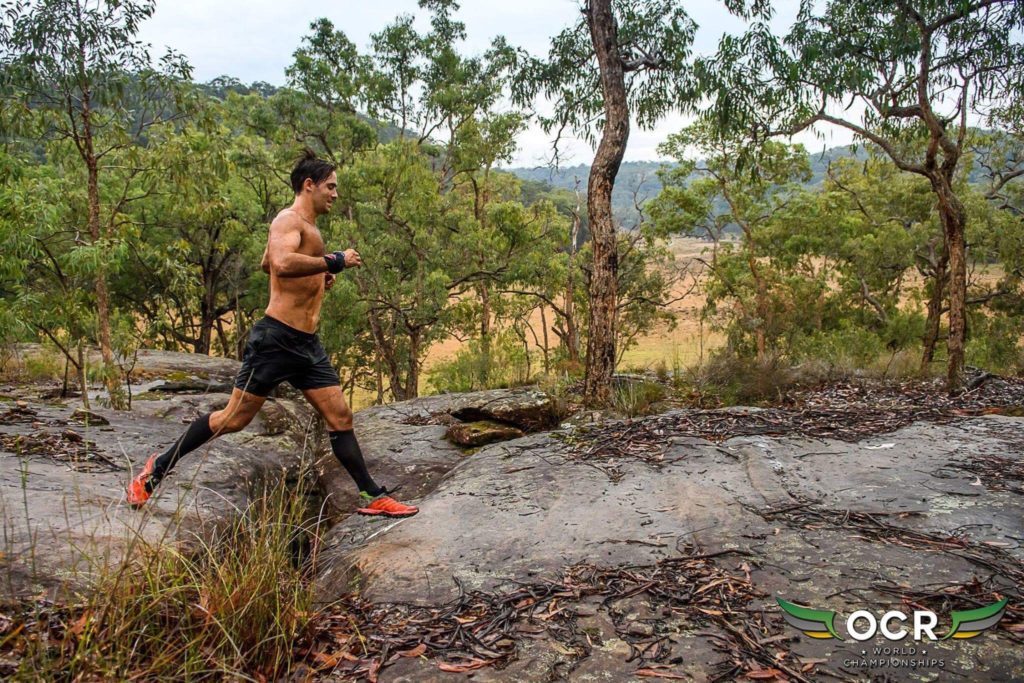
Clothing choice(s) are important
You probably need to roll into the pit area like you packed your house. While you may not use a lot of the clothing you brought, it is nice to have it just in case. Don’t just bring one set of inov-8’s and one Akuma jersey to the race, you should have multiple styles of each depending on conditions. High on your list of items should be neoprene accessories (i.e. wetsuit, neoprene hood, BleggMit neoprene gloves), changes of hats/Hoo-rags and spandex clothing.
I actually have one dry hat or Hoo-rag per lap I plan on completing because having something dry and warm on your head at the beginning of each lap feels great.
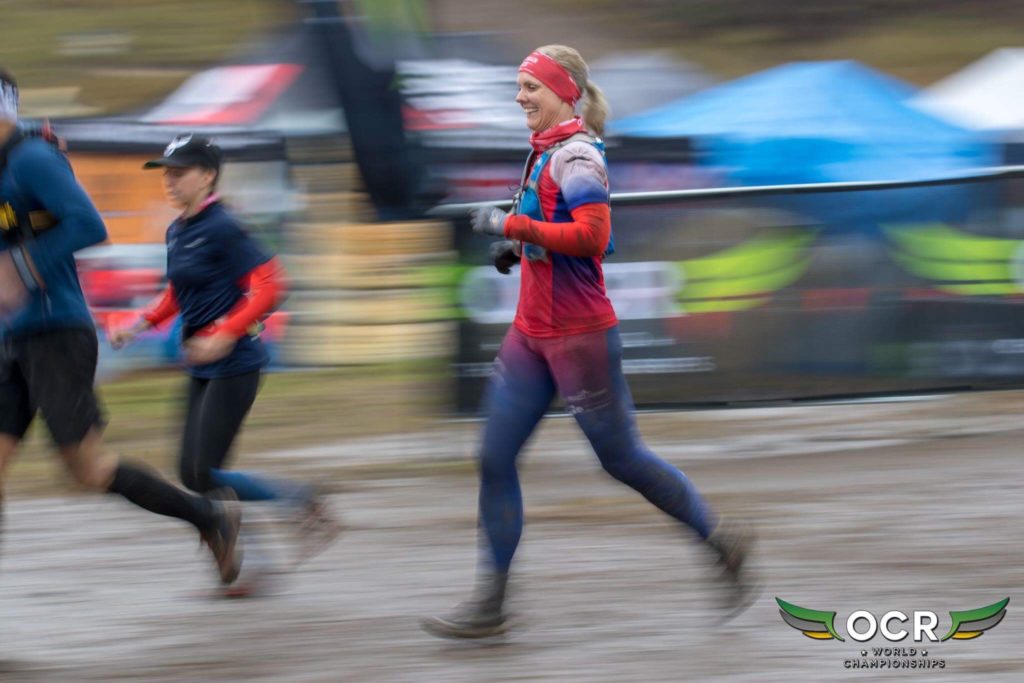
Pack heavy, race light.
I often use only a fraction of what I bring to the race, but having it there just in case ensures you will have what you need on race day regardless of weather changes, current pacing and how your body is reacting to all the stress.
Keep moving!
While having the right clothing will make the suffering bearable, generating your own body heat will always be the best method. It is the reason you will see some guys running shirtless while one of their peers is walking covered head to toe in neoprene.
When you run you generate heat internally to keep you warm. Furthermore, you aren’t moving closer to that 50 or 75-mile belt buckle when you are sitting in the pit. Avoid pit breaks, minus the bare necessities and keep moving. Sitting in the pit will make you cold and waste time.
Obstacle efficiency over obstacle speed
If you can get over a wall with a muscle-up, try not to do so, it’s a waste of energy. Instead, focus on efficiency. Despite having the physical strength to power through things, you want to complete each obstacle with the least amount of energy expenditure possible.
This is also true for high-risk maneuvers like jumping off the top of the wall and over the last couple of feet of a cargo net. While saving seconds will make a difference for a 3k OCR, the possibility of twisting an ankle four hours into a 24 hour OCR make riskier maneuvers not recommended.
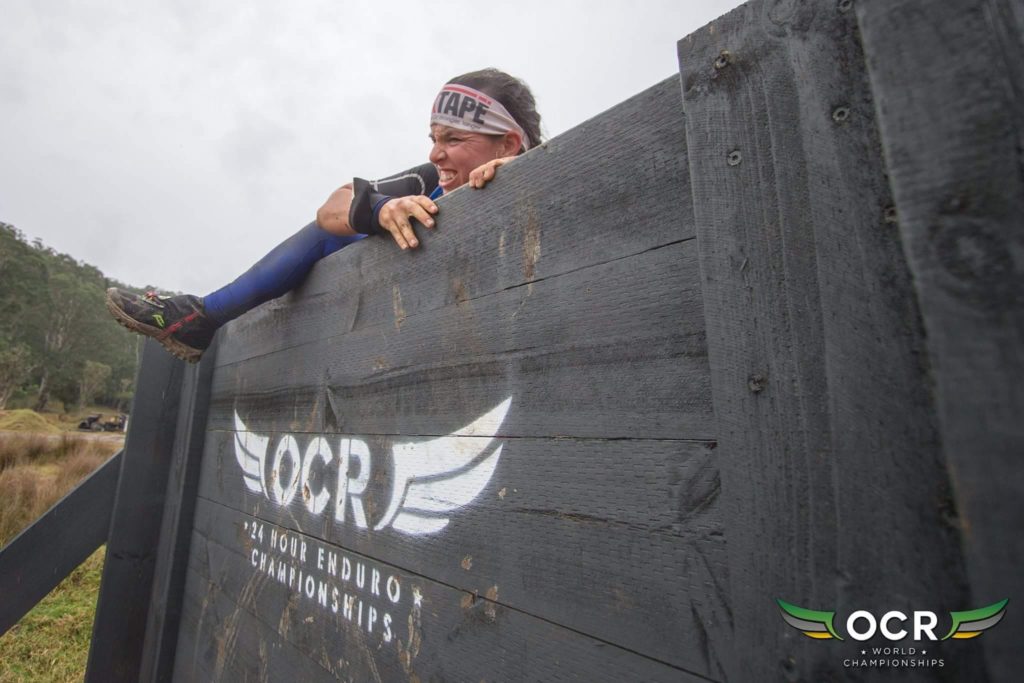
Endurance running is the foundation
Just like its little brother, Ultra-OCR is a sport based on running. If you don’t do a lot of run training leading up to the event you will quickly find yourself deep in the pain cave. Prepare for Enduro with a high volume training plan with lots of easy aerobic running. This will not only build your cardiovascular system but also strengthen the musculature and skeletal system of your body through periods of stress followed by recovery.
If it starts getting close to race day and you are way off your training plan, it may be time to recruit three friends and run the relay category. Or if you want to power through it show up solo, there are plenty of athletes who spend the overwhelming majority of the event walking and enjoying the camaraderie that comes with Enduro.
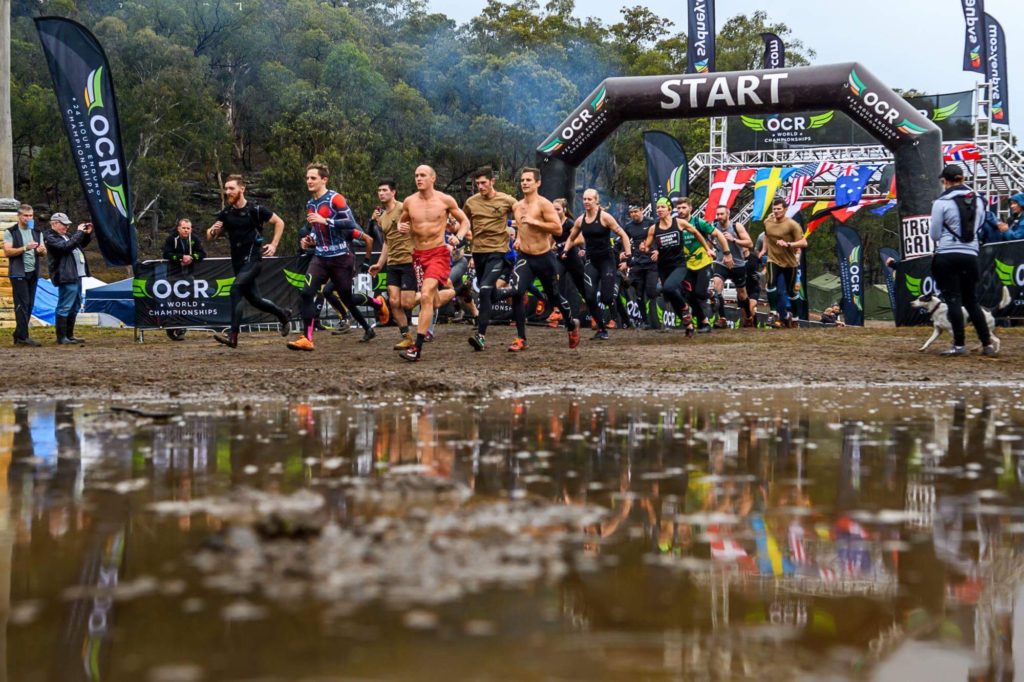
BONUS: Mindset underlies all of these
I can give you lots of tips for Ultra-OCR but they are all built upon a foundation of your mindset. Regardless of your pace or placement, you will have to mentally dig deep at some point during the 24 hours. Those with a strong belief in themselves and their ability to persevere will often outlast other athletes that are in physically superior shape.
Stay focused, keep putting one foot in front of the other and get excited to clutch one of those heavy duty finisher medals after giving it your all for 24 hours.
This is just the tip of the Ultra-OCR iceberg (or mud mound?).
There are so many differences and factors to consider for Ultra-OCR I wrote a book about it. If you want more tips from my cumulative 18 days of Ultra-OCRs and 17 years of endurance racing consolidated into a single source that includes interviews with some of the best endurance OCR athletes in the Western hemisphere, pick up a copy of Mud Run Guide’s Ultra-OCR Bible available now
–Evan Perperis
Evan Perperis, NSCA-CPT, is an athlete on the Conquer The Gauntlet Pro Team and author of three books on Obstacle Course Racing. Included in his 39 podium finishes is a 2nd place Pro Coed Team at the 2018 North American OCR Championships and 1st Place Team at 2018 World’s Toughest Mudder. Find more of his content at www.teamstrengthspeed.com.
